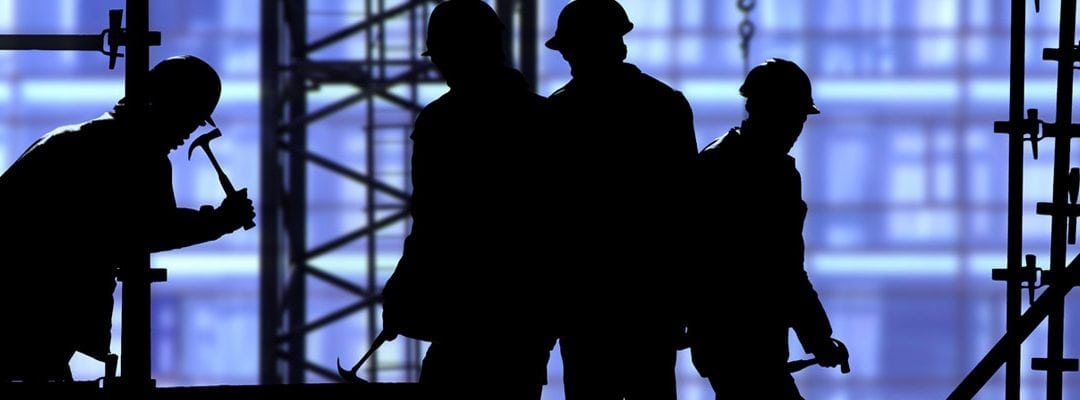Being part of a major project is an exciting, medium-term commercial opportunity for businesses of all sizes in Australia. Typically, a major contract is won by a large contractor or consortium, which then enters into commercial agreements with many subcontractor businesses, thus providing employment to hundreds (even thousands) of workers over a multi-year period.
Executing a major project has many challenges. Among them is taking a large, diverse team of skilled workers, often drawn from markedly different organisations, and creating the conditions where they come together to think, work, behave and collaborate as one. This cohesiveness is not easy to achieve considering every organisation brings in its own different processes and policies, which may need to be set aside in order to properly comply with site rules.

Setting up workers for project success
For workers employed as contractors in a project, they need to represent their employer well so that their employer is rehired for other projects. To do this, though, you need to prepare teams so that they clearly know where they fit in and what the head contractor’s expectations will be.
To set up workers for success, we’ve identified five key factors that help organisations to transition workers into their best representatives on a major project.
- Let your workers know how you’d like them to represent your company.
- Create a shared goal and help workers understand their role in achieving it.
- Help workers understand the balance between requirements, policies and processes of head contractor versus their own.
- Work with your team to bridge any gaps between your policies, and processes – and that of your head contractor.
- Make sure everyone understands the benefits of collaboration and cohesiveness.
Three tips for head contractors
If you are the head contractor, how do you best manage sub-contractors? We think these two factors are important:
- Let your subcontractors know your expectations regarding how they represent their organisation within a sub-contractor status.
- Clarify your expectations of all employees by explaining what’s in it for them and with information about how to conduct themselves.
It’s not difficult to manage your workers moving from project to project with different contractors.
Most teams want to perform well and represent their employer to the best of their ability. From their perspective, good performance improves the opportunity for their employer to be hired on subsequent projects.
By providing your teams with an understanding of the above, the bigger picture, your expectations and where they fit into ithem, workers will soon understand what to look for and how to behave on each and every project.
Want to learn how to manage subcontractors?
Learn to effectively manage WHS site risks and performance by learning how to effectively select, manage and monitor the complex and difficult world of subcontractors.
Find out more by downloading the course outline below, contact us here or call us on 03 9510 0477.
More from our blog
7 tips for keeping your remote working team safe and engaged
What does work' look like for you and your team in this current situation? If your team is working remotely or combining work in the office with work from home, there may be a lack of certainty about when we may all be able to return to work as we knew it, and when...
Workplace Manslaughter becomes law in Victoria on July 1st 2020
Victoria has made Workplace Manslaughter a criminal offence and will now have the highest safety fine in the country with maximum penalties of $16.5m and 20 years jail. Victoria is the third state after ACT and Queensland to legislate to make Workplace Manslaughter a...
Why self-paced online training isn’t for everyone – and how LDN do online differently.
Hasn't the world changed? In a short period, we now have a new normal'. For some, this has meant working from home, for others, reduced hours, being stood down, or unfortunately retrenched. What has become certain is that life is uncertain. Yet, the need to expand...




